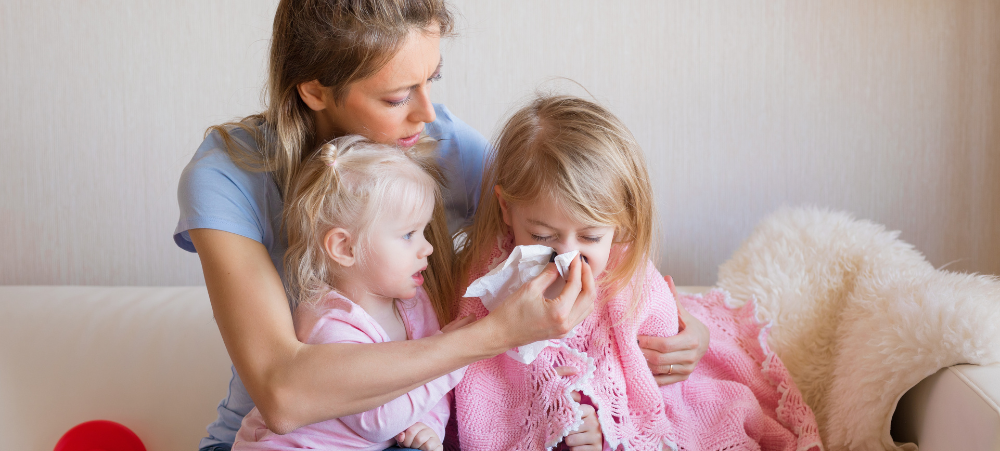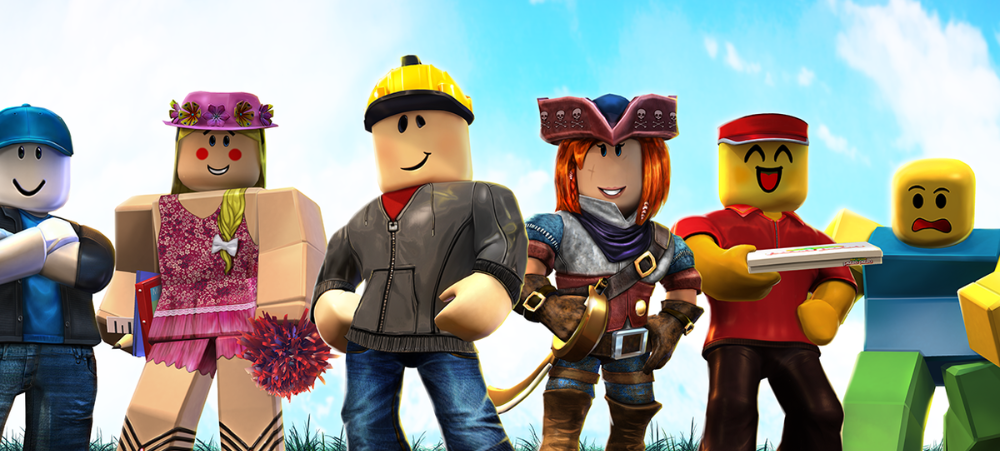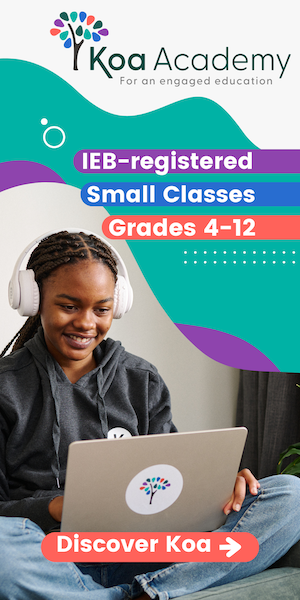
HOW TO HELP YOUR NON-NEUROTYPICAL CHILD THRIVE
Parents of young children often fear whether their child will “fit in”, cope in a sporting environment or achieve academically if they are non-neurotypical. These concerns are based on a societal perception that children should at least be ‘average’, even if they are not top of their class. However, an educational psychologist says this is the wrong approach to take for parents of non-neurotypical children, because it will always be possible for them to belong and fit in somewhere, even if this does not occur perfectly within society’s norms of what ‘fitting in’ means. Dr Greg Pienaar, Educational Psychologist and Principal at The Bridge Assisted Learning School, in Lonehill Sandton, notes that ‘average’ is literally defined as dividing a total by the number of quantities. “By that definition alone, no child will be average. Every child has strengths and weaknesses. That is the Neurodiverse approach, which acknowledges variations in the brain regarding learning, attention, and moods in a non-pathological sense. In other words, as Judy Singer noted, these differences are not deficits, they are variations. That does not however mean that we can’t support our children – with the help of their school, their teachers and potentially their therapists – to achieve and empower themselves to the best of their ability, says Dr Pienaar. “Most educational scientists or educational psychologists will tell you that everybody needs support somewhere. Some people less than others, some people more. Some children require assistance with academic areas. Some children require assistance with developmental deficits or with their “building blocks”. This could mean Speech or Occupational Therapy, for instance. Most professionals would agree that the earlier certain developmental issues are addressed, the better the chances are that issues may be either sorted out, or much improved.” Dr Pienaar notes that at an Assisted Learning School such as The Bridge in Lonehill, support is provided as a team of the teacher, the therapists involved, and always the parents or guardians. “It is therefore important to work together. Even if your child is receiving professional support, parents or guardians of the child have an important role to play at home. Very often (most of the time) it is vital that many of the concepts learnt during therapy are reinforced in the home environment. Regardless of the interventions and support required, by identifying what kind of support is needed, and by working together as a team, all children can rise to their potential,” Dr Pienaar says. The team of Therapists at the Bridge compiled the following helpful tips for parents: SPEECH 1. Bath Time Language Modelling: Bath time is a great opportunity to model language as the options of bath toys and sensory-integrated water play is endless. Quantity concepts: Water cups and toys are great to teach concepts of ‘more’ ‘less’ ‘heavy’ ‘light’ ‘the most’ ‘the least.’ Your child can fill up water cups with water from the bath to the desired quantity you specify to them. Remember that the modelling on the quantity is important so that they understand the concept before they are expected to demonstrate it. Oral Motor Exercises: Blowing the bubbles in the bubble bath or using toys to collect the bubbles and blow them is a great way to stimulate the oral motor muscles required for the various articulation movements. 2. Transition Games: Transition games are activities that can be done as your child transitions between places or routines. I-Spy Games: While driving to school in the morning, play a game of I-Spy with your child and ask them to name items starting with specific sounds. This targets an underlying early literacy skills or initial sound identification. Memory Games: As you walk through the grocery store with your child, play a memory game with them where they are required to recall items you put into your trolley, adding in a new item each time, and asking them to recall the list. 3. Bedtime Routine Games: Bedtime is the best time of day to include reading stimulation and book awareness. Use the method of paired reading, ask questions about the book, make predictions, point, and label items and colours, and make it fun. OCCUPATIONAL THERAPY Foundational skills such as sensory processing, body awareness, eye movements, postural stability, and proximal stability (to name a few) form the building blocks of executive functioning skills such as performing gross/fine motor movements, writing, spatial reasoning, and so forth. These foundation skills can be supported and developed by: Providing deep pressure which improves body awareness and can assist with sensory regulation. Give lots of hugs Roll your child in their towel Let your child sleep with a heavy blanket Alternate seating improves postural and proximal stability. Let your child lie on his/her tummy while playing, watching TV, or working Let your child sit on a gym ball instead of a chair Work against a wall by sticking the work on the wall, instead of working on a table Activities of daily living can help in developing good planning and organisation skills, strength and stability, bilateral coordination, and other executive functioning skills. Wash a car with your child Allow your child to lay the table for meals Baking activities Allow your child to assist with wiping windows/mirrors Assist with putting clothes on the line “These are some of the few ways you can be involved in your child’s development, to allow for regular and consistent stimulation,” says Dr Pienaar. “While it is extremely important to facilitate your child’s development through structured tasks, children should also be encouraged as much as possible to play and to explore their environment. As our world becomes more technologically inclined, children are playing less and exploring less, which results in delayed development. “If you identify areas of concern, it is important to approach a professional team as early as possible, to assist your child as soon as possible. Then, get involved in the professional support. By all role-players being involved in your child’s development, a supportive environment is created for your child to learn


































